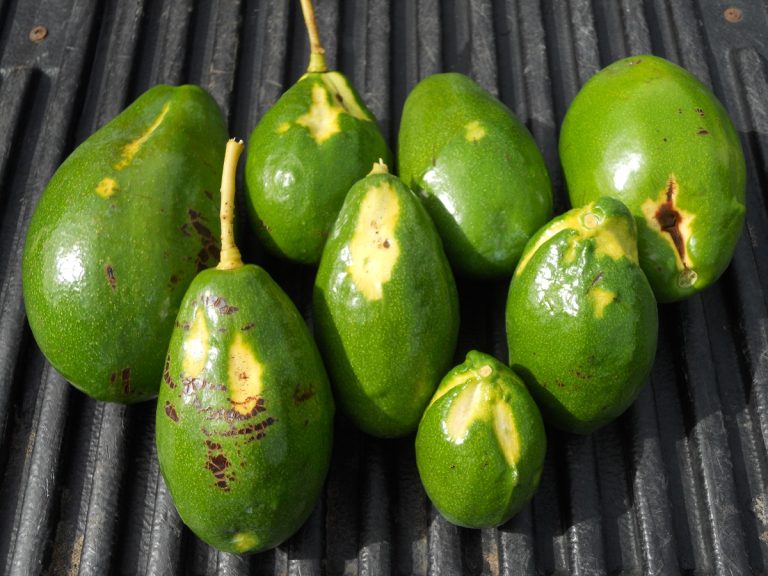
Florida avocados, a signature staple in kitchens, a favored fruit tree in landscapes and a source of pride for the state’s growers, face a renewed threat from avocado sunblotch viroid (ASBVd).
The disease can severely stunt avocado tree growth, deform fruit and silently spread through groves.
Researchers at the University of Florida Institute of Food and Agricultural Sciences (UF/IFAS) are calling on growers, industry partners and the public to remain vigilant and take steps to contain the disease before it further disrupts the state’s avocado industry.
“Avocado sunblotch viroid is an insidious threat to avocado production world-wide and, if not controlled, will result in a loss of fruit production and quality,” said Jonathan Crane, a tropical fruit crop specialist at the UF/IFAS Tropical Research and Education Center (TREC).
For consumers, this could mean fewer locally grown avocados in stores and potentially higher prices, while for growers, it represents another challenge on top of existing threats like laurel wilt disease and hurricanes.
Disease Specifics
The disease is caused by a viroid, one of the smallest known infectious organisms to disrupt a tree’s normal growth and fruit production. First reported in Florida in 1941, avocado sunblotch spreads through root grafts among neighboring trees, contaminated pruning or grafting tools, propagation materials such as budwood, seed and even pollen carried by honeybees. The viroid can reduce crop yields by as much as 80%, deform fruit and leave trees weakened or stunted.
Part of the problem, according to UF/IFAS experts, is that infected trees may look healthy for years. When symptoms appear, they range from streaked or blotched fruit to unusual coloring on stems and leaves or simply a sharp drop in yield. Even trees free of symptoms can quietly spread the viroid through their seeds or pollen.
“Hundreds of grafted avocado trees are being produced to establish orchards in new areas, driving the industry’s expansion northward,” said Romina Gazis, associate professor of plant pathology and director of the Plant Diagnostic Clinic at TREC. “At the same time, growers are replanting in orchards where trees were lost to laurel wilt. Because our industry relies on seedling-grafted trees, and the seeds themselves may carry the viroid, it’s critical to scout and test for its presence to protect new plantings”.
Florida avocado growers are seriously concerned about the disease, she said. Currently, the state does not have an industry program to certify that budwood or seeds are free of the viroid. In the past, Florida growers recognized the symptoms and took steps to control its spread. Without continued vigilance, ASBVd could increase again, especially as thousands of new trees are being planted for trees lost to laurel wilt and expansion of the industry to Central Florida.
UF/IFAS scientists urge nurseries to test their budwood trees annually and for growers to train staff to spot trees with potential ASBVd symptoms, and for packinghouses to be on alert for fruit that shows signs of the disease. Infected trees must be destroyed to prevent them from serving as reservoirs of infection, and equipment should always be sanitized.









